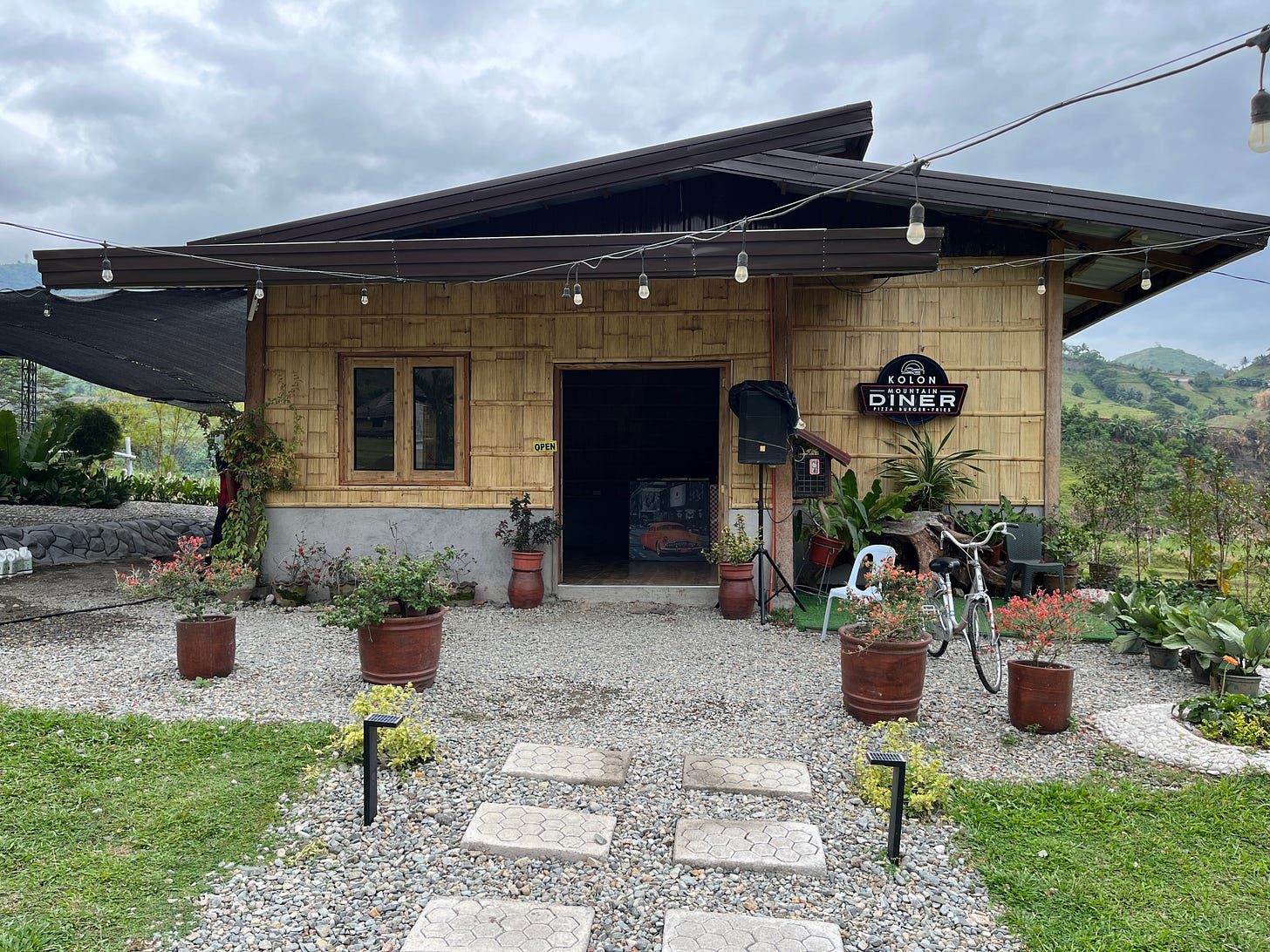Mining, maoy, and mayhem
(Presenting the second edition of Not Another Newsletter but a more sober one this time)

The Philippines is considered as the fifth most mineralized country in the world.1 Of its 56 mining projects as of 2022, 33 are nickel mines, 12 are gold, four are chromite, another four are iron, and three are copper.2
Taken together, the mining sector only contributes 0.8% to the Philippines' GDP, 0.4% of the total employment, and only 2.2% of the country's total revenues.3
In short, it arguably falls short.
Question now is: should the country continue to bet on extractive industries to help spur economic growth (and eventually reduce poverty) when its past performance indicates that costs have offset benefits?
Consider the following (and these are just a few of the many):
On Dinagat island, those intending to visit a bonsai forest in Loreto town are required to seek permission from the local government and the mining company even though the latter's operations have been suspended.4 In Bacoor, Cavite, the site of a proposed train station has been razed by a fire, forcing hundreds of families who used to live there to temporarily stay in 18 evacuation centers since mid-September this year.5 6 The same location is also allegedly being prepared for reclamation, which is intertwined with, among others, seabed quarrying, a process of extracting minerals, sand, and soil from the ocean floor that can be used for landfill.7 In Carmen, Surigao del Sur, a barangay official who opposed mining was gunned down, together with his companion in September. The local government was prompted to fly its flag half-mast immediately after the killing.8 In Didipio, Nueva Vizcaya, a group of residents put up a barricade at a mining site after OceanaGold's permit expired in 2019. The barricade supposedly blocked fuel delivery trucks six times. When pandemic travel restrictions took effect a year later, an anti-mining advocate who was part of the barricade was charged with violating quarantine protocols. He was later released after posting bail.9 In Tampakan, South Cotabato, several members of indigenous people's (IP) groups have reportedly sold parts of their ancestral land to the mining company in the area. Upon receiving cash, they reportedly spend it on, among others, liquor. Once drunk, some of them supposedly succumb to "maoy" (defined as an episode of sudden, uncontrollable temper) and beat up any person they see fit to pick on, (usually someone who doesn't belong to their IP group). These incidents usually take place during fiestas and other holidays. Some victims have refused to report these incidents to authorities because they are bent on future retribution, an indication that mining has also torn communities apart.10
Presentation of the Legal Rights and Natural Resources Center during the Forum on Local Autonomy and Mining held October 14, 2024 in Quezon City.
Legal Rights and Natural Resources Center, Philippine Mining Situation, 11.
Remarks during presentation of the Legal Rights and Natural Resources Center during the Forum on Local Autonomy and Mining held October 14, 2024 in Quezon City.
Ibid.
24 Oras, Sunog sa Bacoor, Cavite.
Mangadlao, Ivy Marie. “Groups demand probe into killing of anti-mining advocate in Surigao del Sur.” Mindanews.com, September 24, 2024. https://mindanews.com/top-stories/2024/09/groups-demand-probe-into-killing-of-anti-mining-advocate-in-surigao-del-sur/#gsc.tab=0
Atienza, Kyle Aristophere. “Groups decry violent dispersal of barricade vs mining firm in Nueva Vizcaya.” Rappler.com, April 7, 2020. https://www.rappler.com/philippines/257275-groups-decry-violent-dispersal-barricade-mining-firm/
Personal interviews with victims held in February 2024 in Tampakan, South Cotabato.



